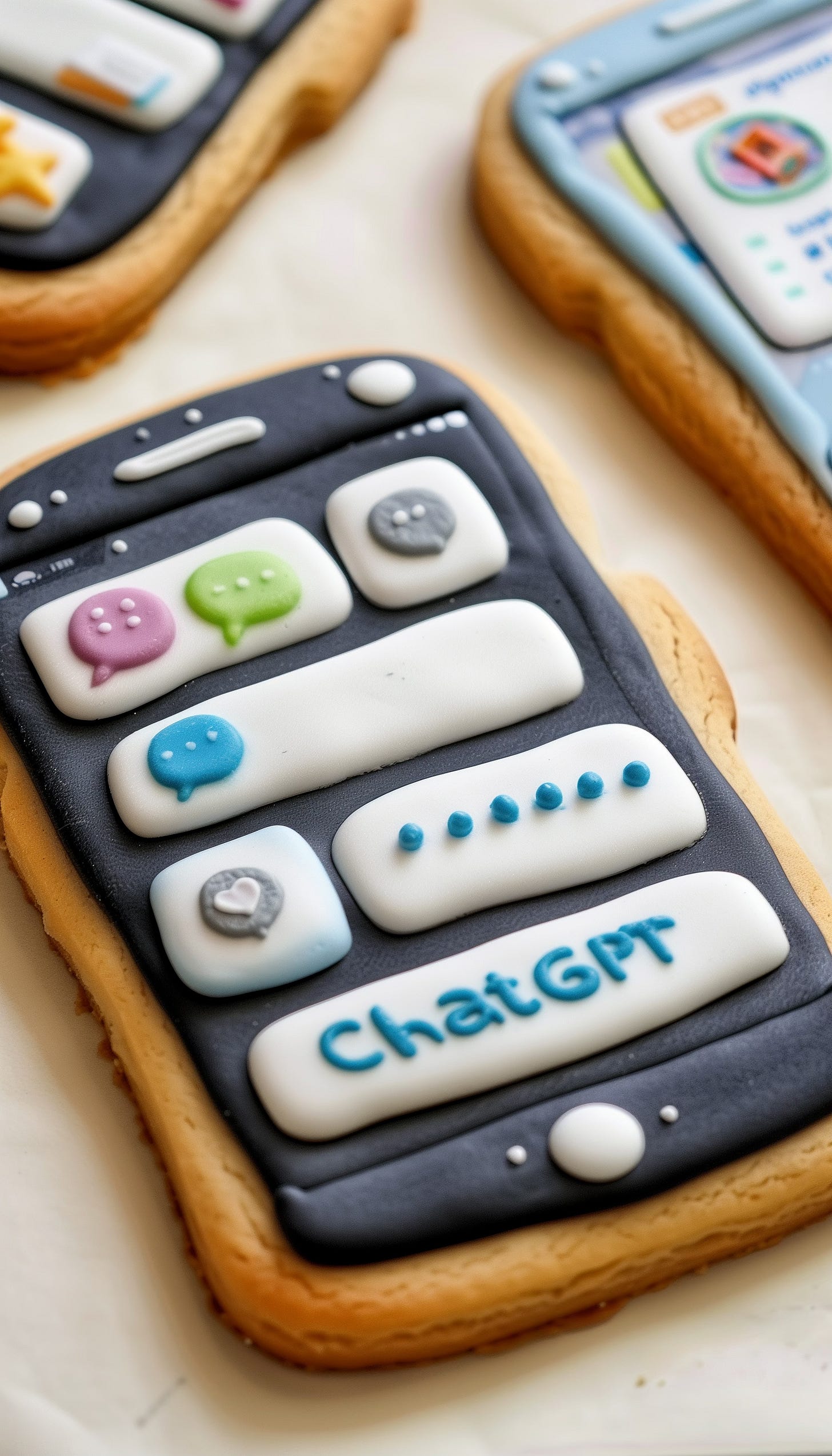Artificial Intelligence (AI) has rapidly become an integral part of our world, influencing various facets of life and industry. From personal convenience to environmental benefits, AI's impact is profound and far-reaching. Here are six key areas where AI is making a significant difference:
Personal Enhancements:
Smart Assistants: AI-powered virtual assistants like Siri, Alexa, and Google Assistant help manage daily tasks, answer questions, and control smart home devices, making life more convenient.
Personalized Recommendations: AI algorithms provide personalized content and product recommendations on platforms like Netflix and Amazon, enhancing user experience and satisfaction.
Business Efficiency:
Automated Processes: AI streamlines operations through automation, reducing manual tasks and increasing efficiency. This is particularly evident in sectors like finance, where AI automates trading, fraud detection, and customer service.
Data Analytics: AI-driven analytics tools help businesses make data-driven decisions, identify trends, and optimize strategies, leading to improved performance and competitiveness.
Healthcare Innovations:
Diagnostic Accuracy: AI enhances diagnostic accuracy by analyzing medical images and data, leading to early detection of diseases such as cancer. AI algorithms can also predict patient outcomes and suggest personalized treatment plans.
Virtual Health Assistants: AI-powered health assistants provide patients with medical advice, monitor health metrics, and remind them to take medications, improving overall health management.
Environmental Benefits:
Energy Efficiency: AI optimizes energy consumption in buildings and industrial processes, reducing waste and lowering carbon footprints. Smart grids and AI-driven renewable energy solutions contribute to a more sustainable environment.
Environmental Monitoring: AI systems monitor environmental changes and predict natural disasters, helping to mitigate their impact and support conservation efforts.
Educational Advancements:
Personalized Learning: AI tailors educational content to individual learning styles and paces, enhancing student engagement and success. Adaptive learning platforms use AI to identify areas where students need improvement and provide targeted resources.
Administrative Support: AI assists educational institutions with administrative tasks, such as admissions, scheduling, and grading, allowing educators to focus more on teaching and mentoring.
Artistic Expression and Inspiration:
AI-Generated Art: AI tools can create stunning visual art, from paintings to digital designs, offering new avenues for artistic expression and pushing the boundaries of creativity.
AI-Generated Music and Literature: AI algorithms compose music, write stories, and generate poetry, inspiring artists and writers with fresh ideas and unique compositions.
AI-Generated Animations: AI assists in creating animations, bringing characters to life with fluid movements and realistic expressions, enhancing the storytelling experience in films and games.
Recipe: Sugar Cookie Cell Phones
Create a fun and tech-inspired treat with these sugar cookies shaped like cell phones!
Ingredients:
2 3/4 cups all-purpose flour
1 teaspoon baking powder
1/2 teaspoon salt
1 cup unsalted butter, softened
1 1/2 cups granulated sugar
1 egg
1 teaspoon vanilla extract
Royal icing (in various colors for decorating)
Edible markers or food coloring gels
Instructions:
Prepare the Dough:
In a medium bowl, whisk together flour, baking powder, and salt. Set aside.
In a large bowl, beat butter and sugar until light and fluffy. Add the egg and vanilla extract, and beat until combined.
Gradually add the dry ingredients to the wet ingredients, mixing until a dough forms. Divide the dough in half, wrap in plastic wrap, and refrigerate for at least 1 hour.
Roll and Cut:
Preheat your oven to 350°F (175°C) and line baking sheets with parchment paper.
Roll out the dough on a lightly floured surface to about 1/4-inch thickness. Use a cell phone-shaped cookie cutter to cut out shapes, or cut rectangles with a knife to resemble cell phones.
Place the cookies on the prepared baking sheets, spacing them about 2 inches apart.
Bake:
Bake the cookies for 8-10 minutes, or until the edges are lightly golden. Allow them to cool on the baking sheets for a few minutes before transferring to a wire rack to cool completely.
Decorate:
Once the cookies are completely cool, use royal icing to decorate them. Outline the edges of the cell phones with a thin border of icing, then fill in with your desired colors. Use edible markers or food coloring gels to add details like screens, buttons, and apps.
Allow the icing to set completely before serving or packaging the cookies.
Enjoy these delightful sugar cookie cell phones as a fun and tech-themed treat!








